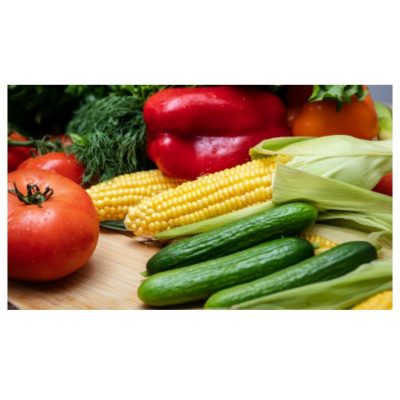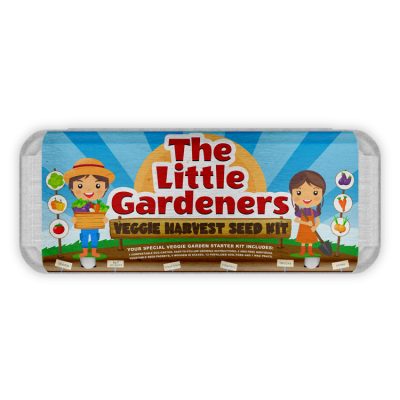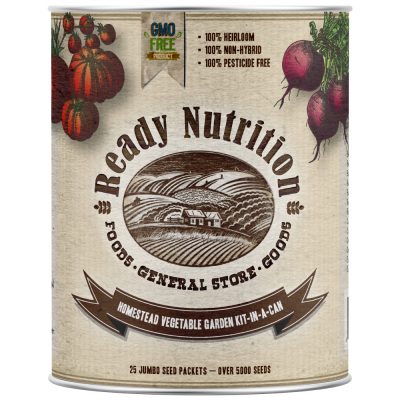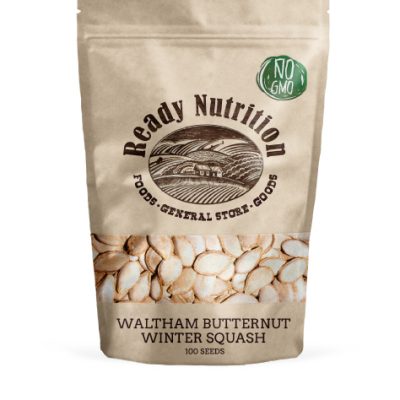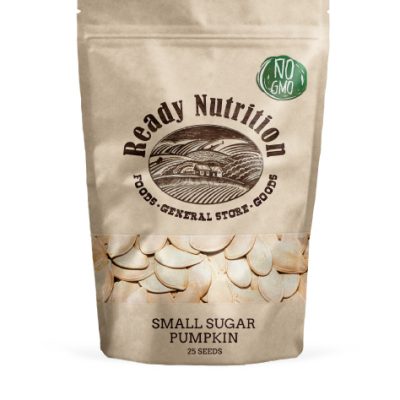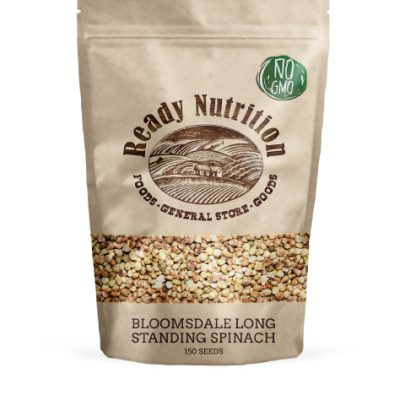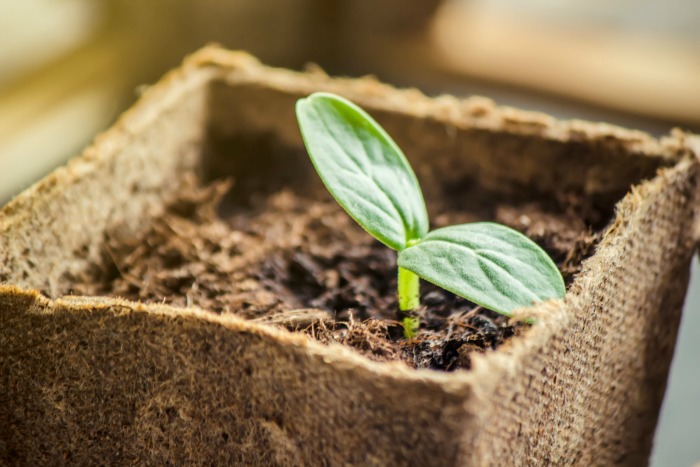
The key to making a healthy seed starting mix is light, well-screened materials to promote root growth. By doing so ensures that the mix doesn’t compact in small seed starting cells/containers. Good moisture retention and drainage are also important considerations to keep in mind. Soils that are too moist can lead to damping off which causes pathogens to grow and kills or weaken seeds or seedlings before or after they germinate. Seeds need perfect growing conditions to grow healthy: water – allows the seed to swell up and the embryo to start growing, oxygen – so that energy can be released for germination, and warmth – germination improves as temperature rises.
These are some of the best gardening ingredients to work with!
- Peat moss – This is a favorite ingredient for organic gardens. It bulks up mixes without adding a lot of weight and, once wet, holds water fairly well. It is not nutrient dense but is ideal for seed starting mixes.
- Coconut coir – Coconut coir is a great growing medium to use to start seed in. Coconut coir is made from the fibrous material between the outer husk and the actual coconut.
- Leaf mold – A compost made from shredded leaves is ideal for seed starting mixes. When leaves break down, microorganisms feed on the organic matter thus turning the leaf mold into rich humus.
- Compost – Compost contains millions of microbes and nutrients that your plants will need to grow. As well, adding this to your soil will assist in moisture retention too. Ensure that your compost is fully decomposed and screened into a small, consistent particle size.
- Perlite – This ingredient holds three to four times its weight in water, increases pore space and improves drainage. With a neutral pH, perlite can be used in place of sand when a lighter mix is required.
- Vermiculite – This ingredient makes the soil more porous and adds nutrients like calcium and magnesium to the soil. As well, it increases the water-holding capacity.
All-Purpose Seed Starting Mix
For a great all-purpose seed starting mix, follow this recipe.
4 parts screened compost
1 part perlite
1 part vermiculite
2 parts coconut coir
Note: If you do not use compost, use 2 teaspoons of your favorite all-purpose organic plant food
We usually buy the larger bags of each item to make a large container full of seed starting mix to get our garden going. Anything left over, we add to potted plants for more nutrients.
Soilless Seed Starting Mix
The beauty of this growing material is it holds water exceptionally well while still promoting good drainage and aeration. Seeds that have long germination periods should use a soilless mix. This will control the aeration and soil density, as well eliminate fungal and bacterial issues.
- 1 part coconut coir
- 1 part perlite
Add coconut coir to a 5-gallon bucket and add enough water to hydrate the coir. Allow the mixture to sit for 5-10 minutes to ensure proper moisture has occurred. Add more coconut coir or water until mixture resembles soil. Next, add perlite to the mixture and stir until mixed.
Note: There won’t be any nutrients, so once the second set of leaves grow, fertilizer will need to be used.
Sterilizing Soil
Many believed in sterilizing the soil before planting seeds. This kills any fungus or bacterias before they have a chance to grow. Gardening experts suggest to sterilize the soil for 30 minutes at 120 ° C in the oven, another at 180 ° C and a third option is to put soil in 800 watts for 10 minutes in the microwave.
If you are looking for cost-effective ways to save money, making your own seed starting formula is a great alternative to buying expensive pre-mixed mediums. The result is stronger healthier plants. If you buy your own ingredients and mix the soil yourself, you will have a customized soil blend perfect for your plants and have plenty left over for more seed starting.

